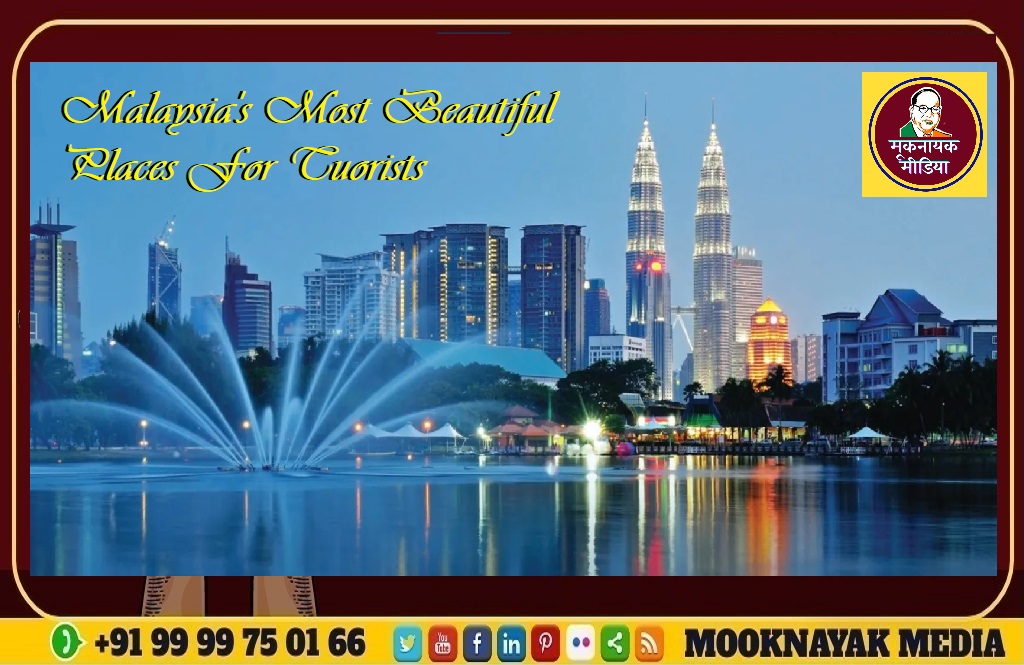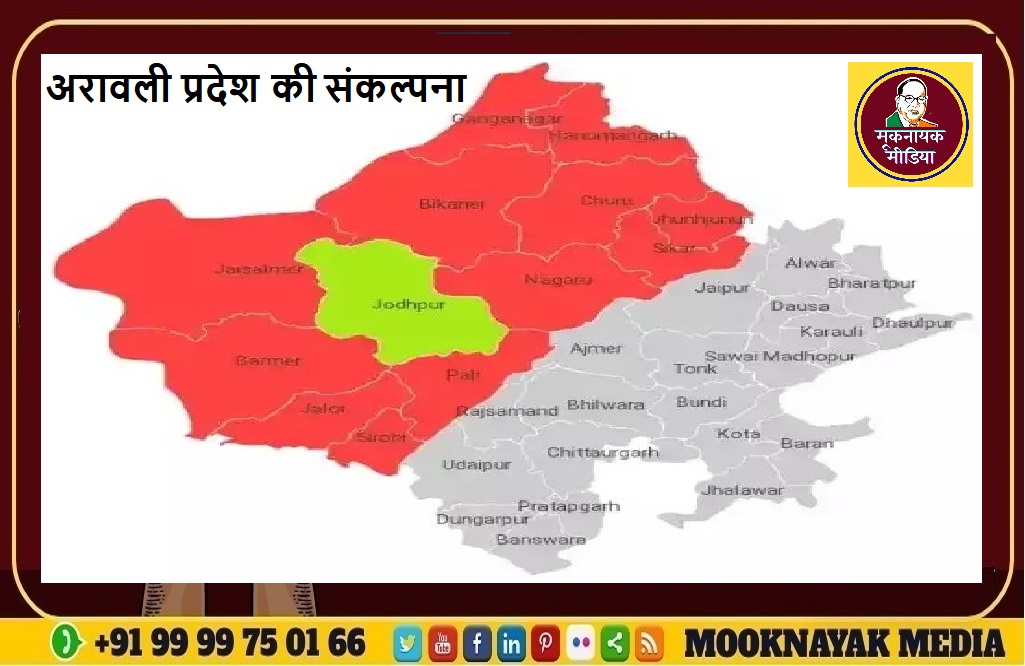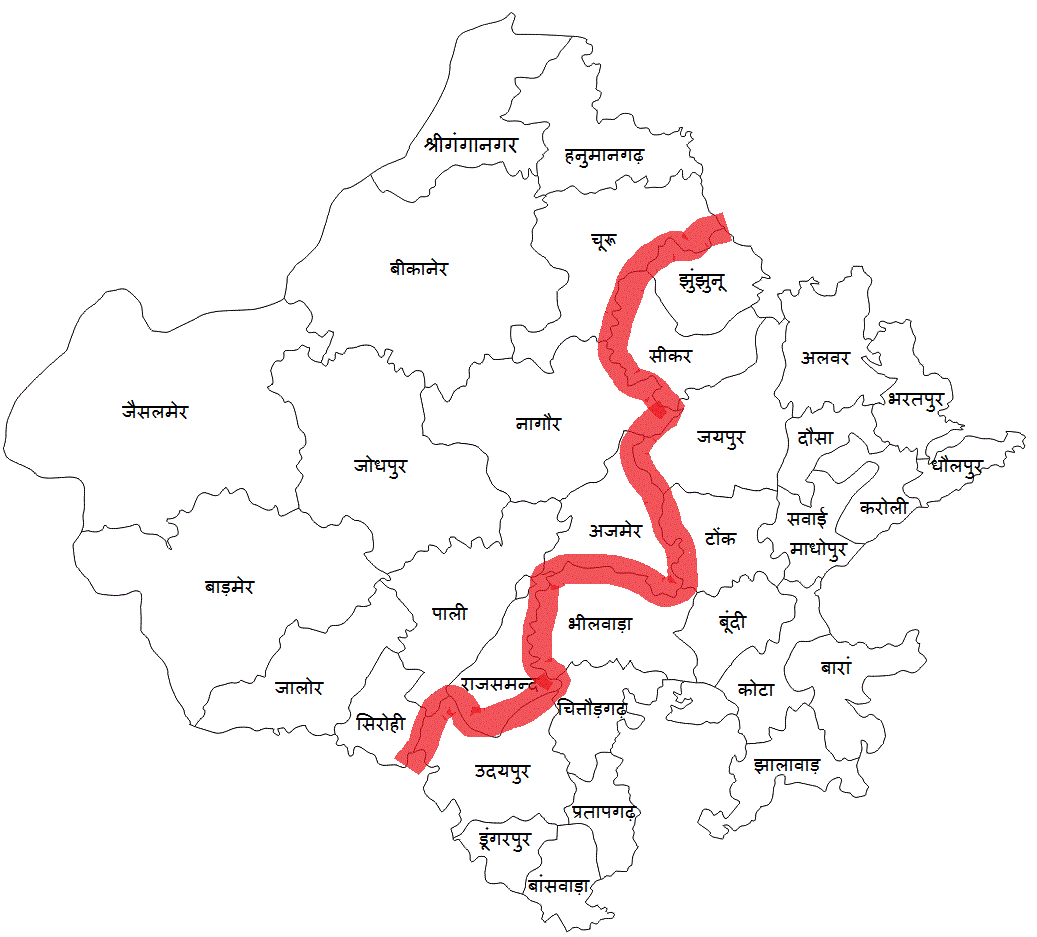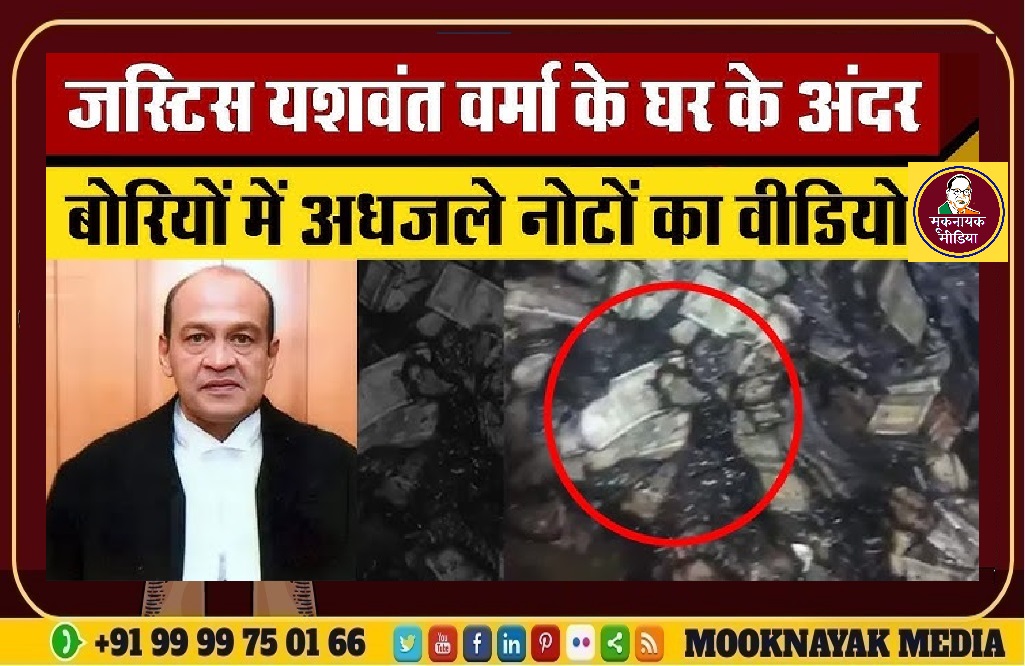
MOOKNAYAK MEDIA BUREAU | December 28, 2024 | Jaipur : Malaysia is one of the planet’s most ecologically and culturally diverse countries: rich in adventure, and packed with breathtaking natural beauty. Your tailor-made tour of Malaysia will include an enticing variety of experiences and locations.
Malaysia’s Most Beautiful Places For Tourists

Malaysia tourism offers a diverse mix of experiences, including bustling cities like Kuala Lumpur, historical sites in Malacca, pristine beaches on islands like Langkawi, lush rainforests in Sabah and Sarawak, and opportunities for wildlife encounters, making it a popular destination for various types of travelers seeking cultural immersion, nature exploration, and relaxation; the country saw a significant rebound in tourism in 2023 after pandemic restrictions eased, with a large number of visitors returning, although still slightly below pre-pandemic levels; key highlights include the multicultural cuisine, vibrant markets, and accessibility to diverse natural landscapes across the peninsula and Borneo regions.
Key points about Malaysia tourism:
- Diverse attractions:
From cityscapes in Kuala Lumpur to historical sites in Malacca, beautiful beaches in Langkawi, and rainforest adventures in Sabah and Sarawak.
- Cultural blend:
A melting pot of Malay, Chinese, Indian, and indigenous influences reflected in cuisine, architecture, and festivals.
- Nature experiences:
Opportunities for wildlife viewing including orangutans, diverse marine life, and lush rainforests.
- Post-pandemic recovery:
Significant increase in tourist arrivals in 2023 compared to previous years, with a focus on domestic tourism as well.
- Major tourist destinations:
Kuala Lumpur, Malacca, Penang, Langkawi, Sabah, Sarawak.
Whether you’re looking for a straightforward city and beach break, or a more complex multi-stop tour, our specialists will delight in using Malaysia’s many attractions to put together the perfect itinerary.

Malacca
Malacca is situated roughly equidistant between KL and Singapore – a characterful and convenient stopping point between the two. This historic port has a broad mix of British, Chinese, Portuguese, and Dutch influences, featuring an intriguing mix of architecture, religion, and food.
Along the cobbled streets you’ll find impressive temples and Christ Church, Malaysia’s oldest functioning Protestant church which dates back to 1753, and the Baba-Nyonya Heritage Museum, a collection of three gorgeous, restored homes arranged to look like a typical 19th-century Baba-Nyonya residence.
At the summit of St. Paul’s Hill are the ruins of St. Paul’s Church – built on top of the palace ruins of the last Sultan of Malacca.

Penang
The ‘Pearl of the Orient’, Penang is a tropical city that offers it all: home to gastronomic delights, a mix of historic and modern architecture, soft white sandy beaches, and numerous excellent hotels. It has a diverse mix of cultures, with modern developments juxtaposed with mosques, temples, and historic buildings, while the coast is lined with sleepy fishing villages and luxury resorts.
The colonial city of George Town is its multicultural capital with historic British buildings, magnificent mosques, and crumbling shophouses in its oldest section. A UNESCO World Heritage Site, it’s also one of the top spots in all of Southeast Asia for mouth-watering street food.
Expert-led street food tours through its many budget restaurants and open-air food courts are an absolute must.

The Perhentian Islands
The eastern coast of Malaysia is quieter, more traditional, and somewhat cut-off from the busier west coast by the mountains and jungles of the Peninsula interior. Handily, the east coast climate is the exact inverse of the west coast, meaning that whenever you travel to Malaysia there is a tropical paradise in season.
Located off the northeast coast, accessed by traditional city Kota Bharu, the Perhentian Islands take a little bit of getting to but are absolutely gorgeous island escapes, with several excellent accommodation options on offer.
Perhentian Besar is the larger and quieter island; smaller Perhentian Kecil has a busy but laidback atmosphere and offers fantastic snorkeling right off the beach.

Cameron Highlands
Malaysia’s most popular highland retreat, the Cameron Highlands sit at nearly 6562 feet at their highest point, enjoying a climate that’s cooler than the rest of the country, boasting a stunning landscape blanketed in emerald green.
Travelers come to walk through charming villages and forests, visit waterfalls, sprawling emerald tea plantations, strawberry, butterfly, and honeybee farms, while escaping the sweltering heat of the lowlands.
Both wildflowers and vegetables thrive here, with vendors selling organic onions, carrots, and cauliflower grown by local farmers along the main road in the eight loosely connected villages.

Pangkor Island
Set in the Malacca Straits off Malaysia’s West Coast, around a 3-hour transfer from capital KL, is the private island resort of Pangkor Laut. The pristine 300-acre island is carpeted in ancient rainforest and fringed with white sandy beaches, home to a variety of tropical wildlife, including macaques, hornbills, sea eagles, and monitor lizards.
Luxurious Pangkor Laut Resort is your base here, offering impeccable private villa accommodation and a full range of facilities, services, and activities. The resort has been previously declared the best in the world by Conde Nast and was a perennial favorite of famed Italian tenor Luciano Pavarotti.

Tioman
Sitting off Malaysia’s lower east coast, around 5 hours’ transfer from Singapore and 6 from Kuala Lumpur, Tioman is a small volcanic island with barely any tourism (or other) development…and all the better for it.
The challenging transfers mean you’ll need to make a little extra effort to get here but it is absolutely worth it, with the island offering pristine and near-deserted white sand beaches and a mountainous interior which begs for exploration.
The luxurious Japamala Resort is our pick here – one of the very best boutique beach retreats in all Southeast Asia.

Taman Negara
Taman Negara is Peninsular Malaysia’s premier rainforest reserve. Housing patches of the world’s old primary rainforest – outdating the dinosaurs – the park has simple accommodation but a range of enticing jungle activities. The journey into and out of the park is by longtail boat cruise; during your transfer, you might sight tapirs, stump-tailed, and long-tailed macaques.
The most popular attraction here is the canopy walkway, the longest in the world, which spans a distance of 1,738 feet while hovering 147 feet above the forest floor. The canopy walk provides the park’s best observation point: monkeys are often seen bouncing through the trees, and if you’re lucky, you might spot a tiger, leopard, or elephant.

Langkawi
The ‘Jewel of Kedah’, Langkawi is an archipelago of 99 islands in the Andaman Sea, approximately 30 miles off the mainland coast of northwestern Malaysia. Just two are inhabited, Pulau Tuba and Pulau Langkawi, the largest and most populated, synonymous with pristine sandy beaches, wildlife-filled jungles, and fantastic shopping, dining, and entertainment.
Langkawi’s striking beauty can be found in forest parks, hot springs, and magnificent waterfalls. The island is not overly developed – although there are plenty of beach bars, seafood restaurants, and spas, it’s also home to villages that have managed to preserve local traditions.

Danum Valley
Deep in the steamy jungles of eastern Sabah is the magical Danum Valley Conservation Area: a 438 sq km tract of millennia-old primary rainforest, home to a remarkable array of tropical flora and fauna which includes orang-utan, sun bears, clouded leopard, gibbons, proboscis monkey, and over 250 rare bird species.
Better yet it is also home to one of the world’s greatest wildlife lodges – the Borneo Rainforest Lodge – where you can enjoy this extraordinary setting in supreme luxury. The highlight of your stay will be a tour of the incredible canopy walk: 1000ft of rope bridges, held up by 130 million-year-old ironwood trees, which takes you dancing through the forest roof offering unparalleled views of the teeming jungle below.

Kota Kinabalu National Park
The provincial capital of Sabah, on the northeastern tip of Borneo, ‘KK’ is a historic and highly multicultural port city. Stay here in the city to enjoy its eclectic shopping and dining scene, or across on the luxurious island resorts of Gaya Island, just a 20-minute speedboat transfer away.

From KK travelers can take trips into the lush Mount Kinabalu National Park, which houses soaring Mount Kinabalu – the highest peak in Southeast Asia – and a wide carpet of rainforests, hot springs, tropical gardens, and rapids that fall around it. The park can be explored as a day trip from the city, or the more adventurous can attempt the challenging two-day climb to the summit.
Malaysian Demographics
Before we start talking about the types of languages used in Malaysia, it’s reasonable to look at the country’s demographics first to understand better how languages in the country developed.
For your information, the majority of Malaysian citizens come from the major ethnic group, Malay. The Malay population takes up to 70% of the entire citizens, while the other 22% and 7% of the community are from the other two major ethnic groups; Chinese and Indian.
Tamil Language Varieties
Tamil, unlike Bahasa Malaysia, does not have that many varieties in the local setting. On the other hand, Bahasa Melayu has several dialects and varieties as it is the original language of Malaysia. In the case of the Tamil language, despite various varieties that sound close to this language, such as Hindi, Marathi, Telugu, and Malayalam, these varieties are very rare to be spoken among the Malaysian Indians.
How about Indian dialects? It’s the same case. It’s non-existent in Malaysia as the Tamil has spoken here has been localized. Indian dialects are more commonly found in India, its mainland.
Kindly Donate to ‘Mooknayak Media’ For Magnify Birsa Ambedkar Phule Fatima Mission










